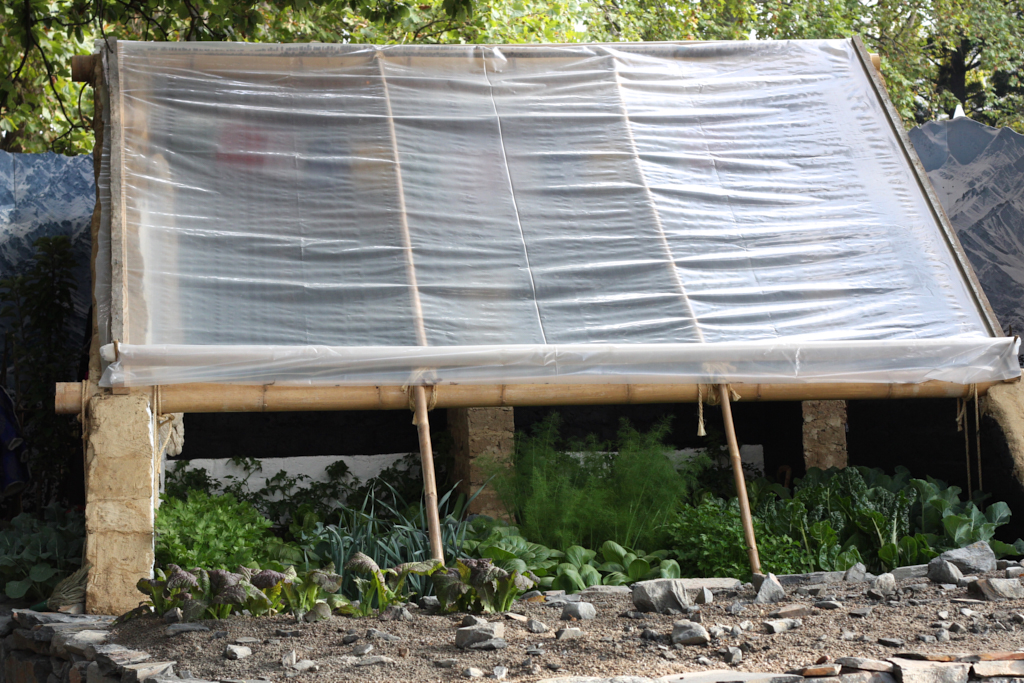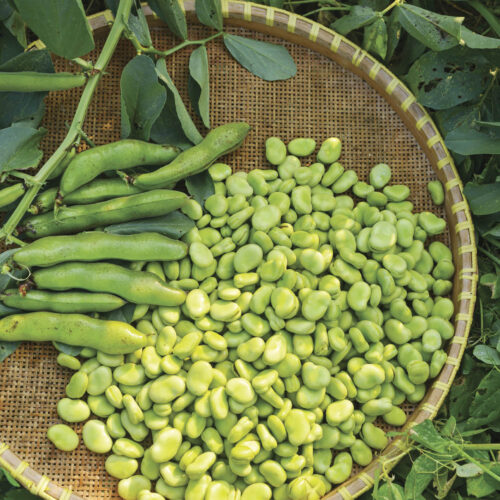Frost, good or bad?
2019-06-21T05:37:15+10:00
Frosts are part of many gardeners lives but are they good or bad?
Frosts have been late this year in many regions. This is great for some vegies (I know a couple of people who were still harvesting tomatoes in Victoria last week) but not so good for vegies and fruit that need frosts for good flavour (kale, parsnips) or to produce fruit at all (apricots, cherries, kiwi fruit and many more).
How can frost help the garden?
Frost also helps control pests and diseases, and when I lived in Ballarat, I always welcomed the first frost knowing that pest control attempts were going to be easier for a few months. Experienced gardeners in frosty regions use frost to help them in the garden in other ways. For example, if your soil is moist when a frost hits, it can freeze the water molecules. Water expands when if freezes, so frost splits apart soil particles making soil more friable and easier to work.
The first frost not only marks the change of season, but can also be beautiful. Now that I live near the coast, frosts are pretty much unheard of. It means I can grow a bigger range of plants, but I still miss the beauty of frost patterns on plants and fixtures in the early morning. With our changing climate, it means that earlier and later frosts are possible, but also that areas that have never had frosts might have the occasional one. So what should you do if frosts are predicted.
Protecting plants from frost.
If you live in a region well known for frosts there’s probably nothing you need to do except enjoy them. If they are particularly early or late, or you don’t usually have them, then there may be plants you want to protect. Frost occurs on still, clear nights (no cloud cover) when the air temperature drops to 2ºC or less. One way of lessening the risk of frost is to remove light coloured mulch, because dark soil absorbs more heat during the day and then releases that heat into the air around your plants at night. Keeping the temperature a bit warmer. Interestingly, frost flows like water and will head to the lowest point in your garden, so put your most frost tolerant plants in that position.
Grow frost tender plants in pots that can be moved to warmer positions when weather cools, or if a frost is predicted, arm yourself with frost cloth or other light fabric to throw over tender plants. Even upturned pots or cardboard boxes will work to protect small plants. If you forget, and you race out in the morning and water your frost tender plants before the frost has melted, then you may prevent any damage. If damage does happen, then don’t cut off any of the damaged pieces until the last chance of frost has passed. These dead branches will protect any new grow from frost.
You can also construct frames over beds using timber or bent tubing to make it easier to throw frost protection over the top, or leave it on right through winter. Or build a greenhouse or bigger frame (see picture) and plant into the ground inside.
Frost, good or bad? I think that frosts are a good thing. It would just be nice if we could control when they happen!






